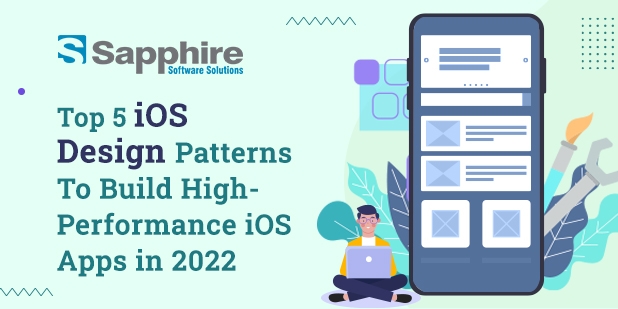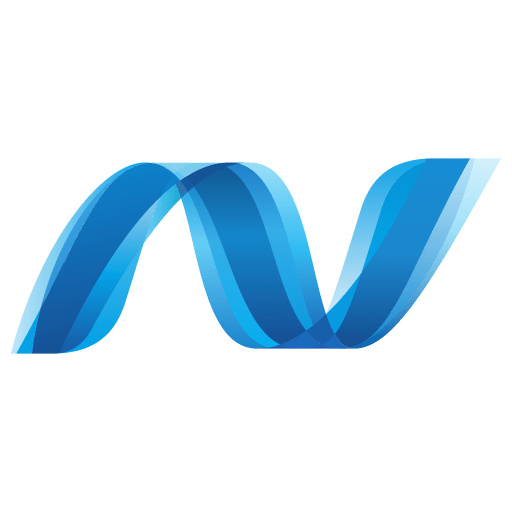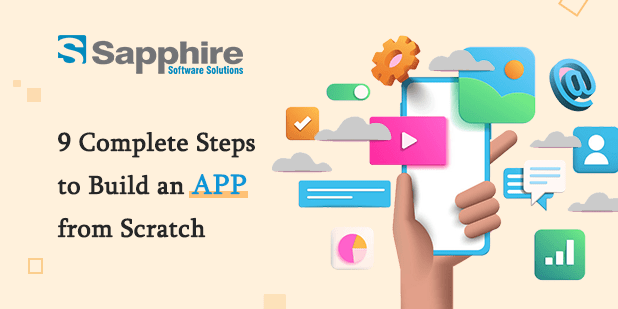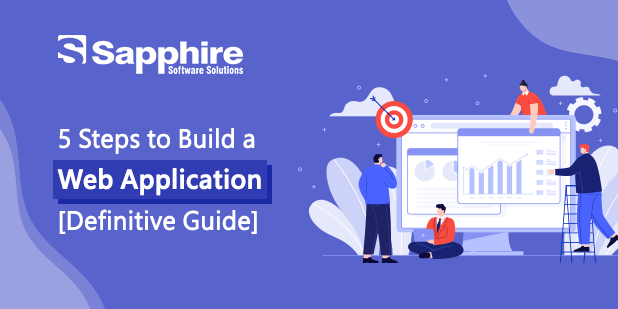When building software, iOS design patterns give repeatable solutions to common difficulties such as implementing complicated code structures and code management. In brief, it is a template designed to facilitate code reuse and comprehension.
There are several design patterns in iOS apps. You may be familiar with iOS app development, but to design iOS applications efficiently and in the least amount of time, you must grasp iOS design patterns.
As an iOS Development Company in India, we know design patterns in IOS. Let’s now review the many forms of software design patterns.
1. Facade Design Pattern
The Facade pattern is one of the iOS UI design patterns with a primary interface, such as a framework, library, or complicated system of classes. This design pattern belongs to the Gang of Four (GoF), classified as structural patterns.
When to Use the Facade Design Pattern?
Design patterns provide a straightforward and consistent interface during the development of a complicated subsystem.
A Facade design pattern is used to divide a subsystem into many levels.
Example of Facade Design Pattern
The computer startup is the best illustration of a Facade design pattern. Many components, such as RAM, hard disk, and motherboard, are required for the computer to boot. A computer will present all capabilities via a single interface to simplify the process.
The Facade design pattern accomplishes the same goal by concealing the system’s complexity and facilitating the client’s access to the system.
2. Adapter Pattern
As a structural design pattern, the Adapter enables objects with conflicting interfaces to function together. In brief, the Adapter facilitates the transformation of an object’s interface so that it may be adapted to a new object.
An Adapter’s characteristic is to wrap an object, which involves covering it with another object. It is feasible to encapsulate an object that manages adapter meters needed for data to feet conversion.
When to Apply an Adapter?
When the interface of a required third-party class does not match the actual application’s code.
Without specialized functionality and limited extensibility, an Adapter may be used with existing subclasses.
Example of Adapter Pattern
Suppose you have a Bird class with the fly() and create sound methods (). Additionally, the ToyDuck class has a squeak() function. Now that you’re short on ToyDuck items, you want to replace them with Bird items. Birds possess comparable skills, but their interface is distinct; thus, we cannot use them directly. Consequently, we will use the Adapter pattern. The bird would be our client, whereas ToyDuck would be our customer.
3. Decorator Design Pattern
Decorator patterns are structural design patterns that allow you to encapsulate additional functionality in convenient wrappers and dynamically attach them to an object.
The Wrapper design pattern is another name for this design style. To use the Decorator pattern, you must implement the target object inside another wrapper that activates the target object’s functionality and adds its attributes to the actual result.
When Should a Decorator Design Pattern Be Used?
When an expansion is required, the Decorator design pattern is used. For instance, the Windows operating system features need “optional” components such as the title bar, status bar, and scrollbars.
This design style is also used by objects that implement the “decoration” extension. These objects have a similar interface, characteristics, superclass, and intermediate superclasses.
Example of Decorator Style Design
The Decorator dynamically assigns additional object responsibilities. The decorations on pine or fir trees are known as decorators. To make a tree seem festive, decorate it with lights, garland, candy canes, glass ornaments, etc.
The decorations have little influence on the overall aesthetic of the tree, which remains recognized as a Christmas tree regardless of its presence. The installation of lights, which can “light up” a Christmas tree, may display additional functionality.
4. Observer Design Pattern
The Observer’s existence is contingent on other things. This design pattern illustrates the publish and subscribe model types. The Observer design pattern employs three actor classes: Subject, Observer, and Client.
When to Use Observer
Some objects inform the changes of other items, particularly when objects undergo frequent transformations.
When there is an internal dependence between several objects, it is necessary to execute an action to modify the state of the dependent object. Occasionally, things need to update other objects without even knowing their identities.
Example of Observer
We may use the Twitter app as an example. Following someone on Twitter immediately adds you to their list of followers. Each new tweet that is published will be shown. An Observer is your Twitter account in this instance.
5. Memento Design Pattern
Memento uses CoreData to store items such as Archiving, UserDefaults, and the NSCoding protocol. However, the data’s confidentiality remains maintained.
When to Use Memento
Memento is used whenever it is necessary to restore items to their earlier states.
Example of Memento
The Memento externalizes and stores the internal state of an item so that it may be restored later. Both sides’ drums are removed to expose the right and left brakes. This is a common method used by do-it-yourself auto technicians for fixing drum brakes.
One part of the work is completed before the other is deconstructed. The Memento is the initial side when disassembling the second side. The opposite side is a reminder of how the braking components are linked.
Conclusion
This tutorial provides top iOS design patterns that we use in iOS App Development Services. You may significantly enhance your app development by using these iOS design patterns.
Consult our seasoned app development team if you want to design iOS mobile applications. As the leading iPhone app development company, we can assist you in creating a fully working iOS application utilizing the most recent iOS design patterns.
FAQs:
What are iOS Design Patterns?
Design patterns are reusable solutions to common software design challenges. They are templates meant to assist you in writing simple code to comprehend and reuse. They also assist you in building code that is loosely connected so that you may easily update or replace code components.
What are the Types of Software Design Patterns?
As a result, the 23 design patterns are sometimes referred to as the gang of four design patterns. Creational design patterns, structural design patterns, and behavioral design patterns are the three classifications of design patterns based on their purpose.
What are the Benefits of Using iOS Design Patterns?
When building software, iOS design patterns give repeatable solutions to common difficulties such as implementing complicated code structures and management. In brief, it is a template designed to facilitate code reuse and comprehension.
Why are design patterns important?
Design patterns are reusable solutions to common software design challenges. They are templates meant to assist you in writing simple code to comprehend and reuse. A design that does not allow for change runs the risk of requiring extensive revision in the future.
What design pattern is used mainly for iOS apps?
Swift’s MMVM design pattern is one of the most popular applications among iOS developers. The View consists of visual characteristics in the MVVM architecture, including animation, UI components, and layout.



















